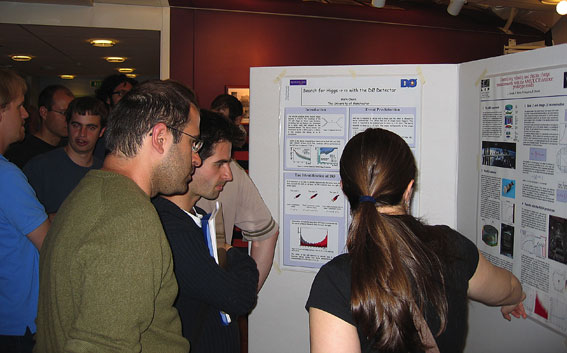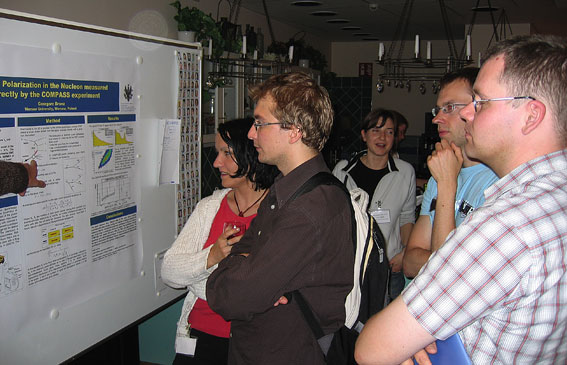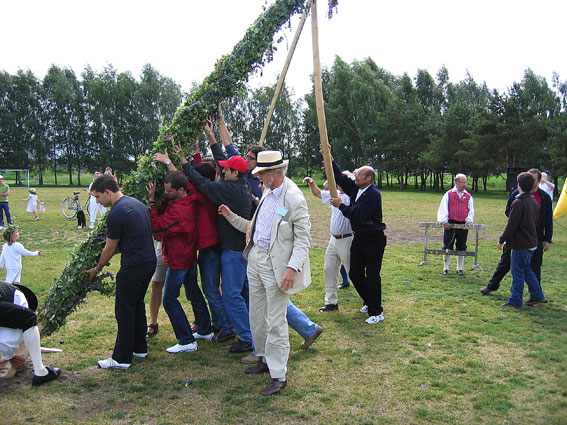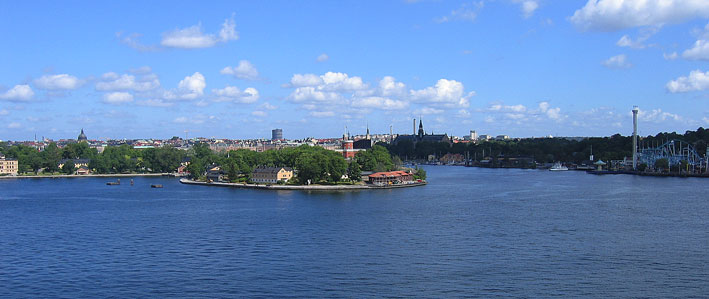Poster Session
Excursions
Press and TV
Links to official photo and students' photos
Ninety-eight students coming from twenty-five different countries attended the fourteenth in the new series of the European School of High-Energy Physics, which took place in Aronsborg, from 18 June to 1
July 2006.
The School was hosted in Aronsborg Konferenshotell, a nice four star hotel located by the Lake Mälaren, the largest lake in Sweden. The School participants profited from the outdoor installations like a football field and tennis courts. It was also possible to borrow bicycles and canoes, and there were many possibilities for nice walks along the lake or in the forest surrounding the hotel or to the nearby town, Balsta. Inside the Hotel one could use the swimming pool, the billiards, the darts, the piano and not to forget the attractive nightclub.
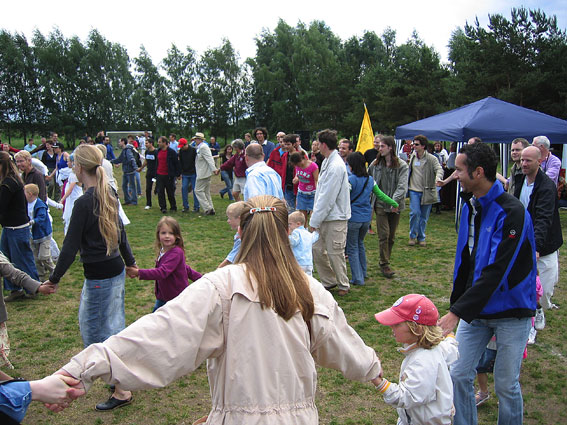
Midsummer Night Dancing Around the May Pole
Short History.
Aronsborg is 2 km away from the center of the closest town, Balsta. There are many nice houses and summer residences along the shores of Lake Mälaren, a fascinating destination in Sweden. Due to its attractive situation there are several medieval castles built in this area, and in Sigtuna, a little town 30 km away from Aronsborg and dating back to around 980 AD, one can find more rune stones than in any other town in the world.
